Although still a relatively rare sight, the Honda e looks at home in the city. But what happens when you get it out in the countryside, and can it climb mountains? Michael Nash takes the small EV on a road trip around Wales
It is without doubt the coolest design of any electric car on the market today. Both the exterior and interior of the Honda e are mouth-wateringly enticing. But how does it fair on the road? More specifically, a long Welsh road.
Our mission: to drive from Cardiff to the very tip of the Llŷn peninsula via Snowdon – a journey of 184 miles according to Google Maps. Ambitious, considering the Honda e Advance will supposedly cover just 125 miles on a full charge (the basic model with less power will do 136 miles). And that’s an official estimation, reflecting a best-case scenario whereby the driver is extremely easy on the accelerator and stays away from beautifully mountainous national parks. However, less than 15 minutes into the trip, we hit 70mph on the dual carriageway at the foot of Castell Coch and watch as the battery counter enters free-fall.
Despite this worrying development, range anxiety is kept at bay thanks to a wondrously executed interior. The Honda e achieves that living room feeling – one of comfort and familiarity – better than any other car available on the market today. There are far worse places to be stuck.
Materials play a huge role here. Cladded in a soft grey fabric, the seats are wide and squishy, almost like mini sofas. The same grey fabric is used on the door panels and on the small storage pocket in the centre of the front footwell. The top of the centre console and middle section of the dash are finished in a wooden veneer, smooth to touch, and although most the large surfaces are made up of hard plastic, it doesn’t appear cheap or flimsy.
Elsewhere, bits of leather and chrome add a little more colour and feel. On the centre console, for example, a leather strap can be used to hold a small water bottle. It is brown to match the wood. In fact, all the colours on the inside – greys, browns, and blacks – are neutral and calming.
With minimal wind and tyre noise, as well as a finely tuned suspension system, the Honda e glides along effortlessly. It felt as if the first lengthy drive was over in moments. Charge number one took place after about 70 miles at the Metropole Hotel and Spa in Llandrindod Wells. The Polar station, which is run by BP Pulse, did not play ball. Guest users should be able to simply swipe a debit or credit card and plug in, but this resulted in an error message. After calling BP Pulse and speaking to an operator, the station was ‘reset’ and the charging commenced. Not the best of starts, and perhaps reason enough to stay within the city so as to be close to more charging stations.
Back on the road, the peaceful calm of the interior continued to put us at ease. The enormous flat screen unit, which nearly stretches across the entire width of the dash, is flanked by two separate screens for the digital side cameras. These cameras have been specially designed with waterproof coating to make sure the picture is visible in bad weather. The main unit consists of three screens: one for the front passenger’s access to infotainment, the centre screen for driver access to infotainment and rear-view camera display, and the digital driver cluster behind the wheel. If that wasn’t enough, there is a switch behind the rear-view mirror that will turn it into a camera (only available on the Advance grade trim). It all looks ultra-modern, and on becoming used to all the digital cameras, does not feel too overwhelming.
All these screens meant that we were able to take in the beauty of Snowdon and North Wales from every angle, should looking out a window not be enough. Dominant screens can be anxiety-inducing as simple controls get lost in menus. But the user experience team at Honda has managed to pull it out of the bag, ensuring the collection of screens are easy to use and navigate. That said, the infotainment system is a little sluggish to respond to certain commands, as if the graphics are too sharp for the processors. A small gripe, but one that gets quite infuriating if patience is not your forte.
One of the surprise advantages of the e is the sense of space. Despite its dinky size (3,894mm long, 1,752mm wide and 1,512mm high), it feels extremely spacious when sat in the front seats. This is made possible since the batteries are placed under the back seats and there is no combustion lump under the bonnet. Other clever details, like the adjustable centre console, the slender two-spoke steering wheel, and the horizontal dash elements, also add to the roominess. But it’s a different story in the back. There are just two rear seats, and leg room is at a premium. The boot is also miniature, so we ended up using the back seats as an extra luggage compartment.
An overnight charge on a standard three-pin plug topped the battery back up to 100%, and we were able to reach the end of Llŷn peninsula. The return leg back to Cardiff needed a further two charges, but using fast chargers, the e’s battery will be restored from 10% to 80% in 30 minutes – time enough for a coffee and a natter about the benefits of going electric. Knowing that the journey could be done without getting stuck, we found a little more confidence to press the accelerator.
A 0-60mph time of 8.3 seconds won’t win any records, but as with any electric cars, the Honda e’s power is most impressive in the 0-40mph range. But speed isn’t what we are here for, as there are more important features to the e, like the regenerative braking button. It sits next to the parking brake and, when activated, will automatically cause the car to decrease in speed (quite sharply) providing the accelerator is not in use. This braking motion will help give a little boost of energy to the batteries, and is particularly handy for congested city driving, not so much on windy country roads. Honda has also included a normal regenerative braking system that can be altered in terms severity, as some drivers would likely find the automatic system too strong.
The Honda e is a city dwellers’ dream with its slight stature, impossibly brilliant turning circle, and a deceptively spacious, chic interior. It created tidal waves when unveiled as the Urban EV Concept at the 2017 Frankfurt Motor Show, and although the production car is relatively close to concept, the buzz surrounding it softened when Honda revealed details on the range and price.
Starting at £28,215 for the base model (£31,265 for the Advance spec), the Honda e is only slightly more expensive than the Renault Zoe and Nissan Leaf. It is, however, a world away in terms of design – the e is infinitely more modern, pleasing and appealing, making the other two electric cars feel dated. However, its relatively low range means that longer journeys need more planning, patience, and perhaps a dash of fearlessness too.









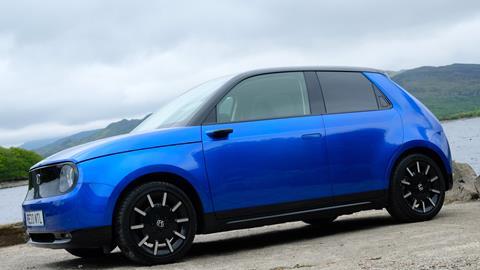
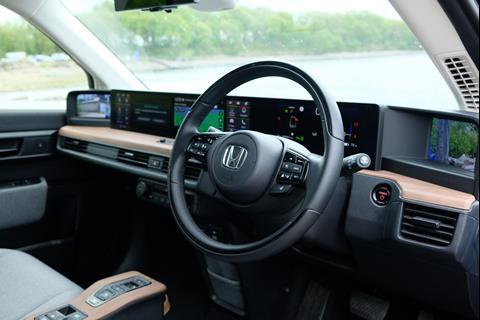
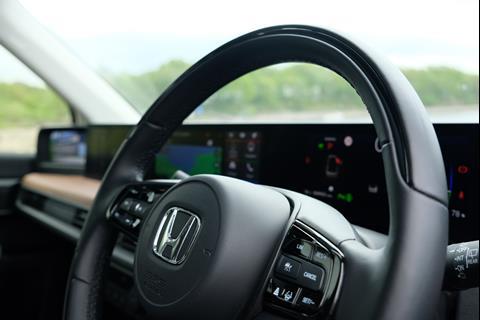
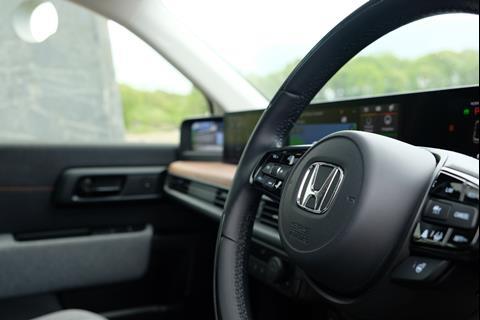
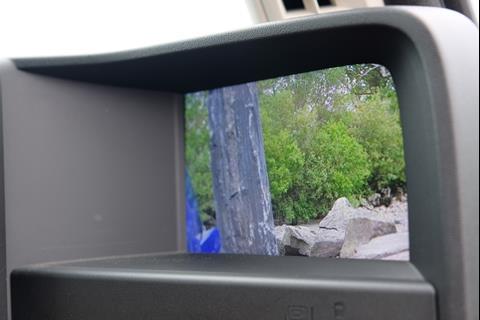

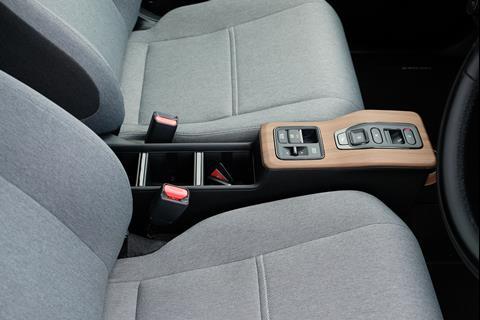
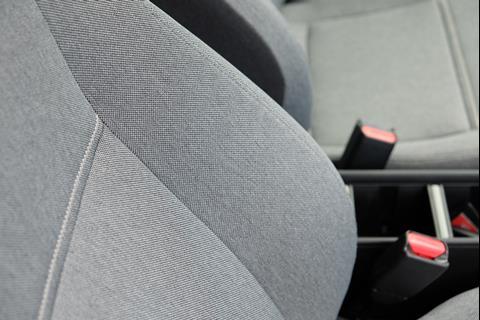
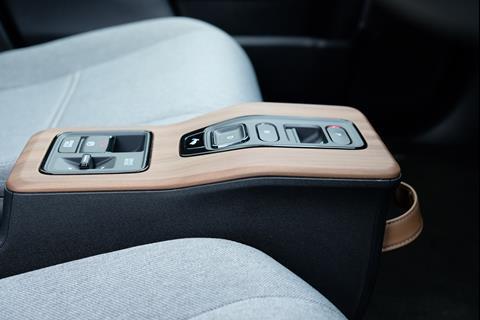
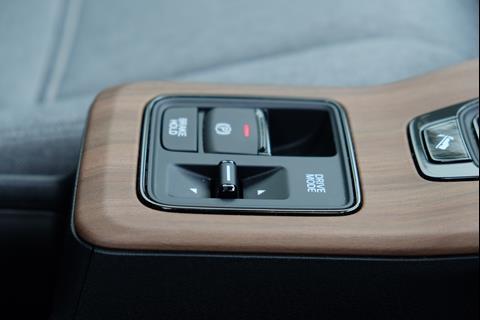
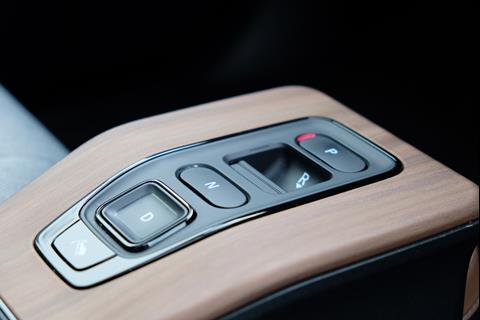

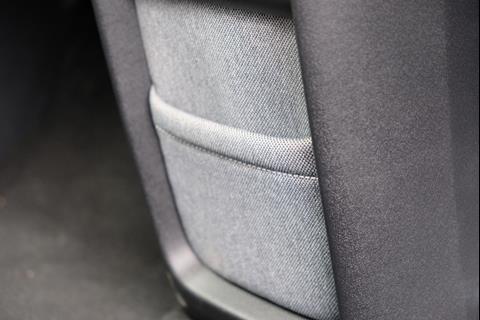

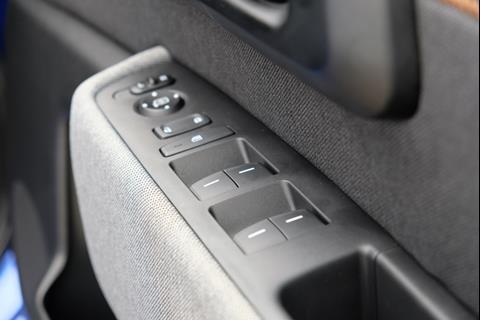
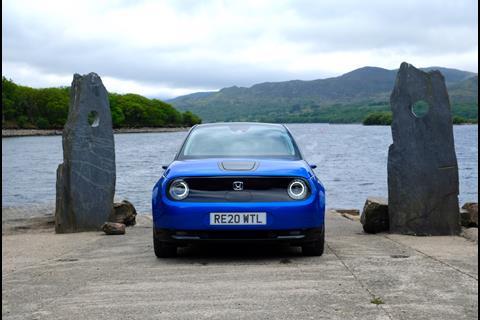
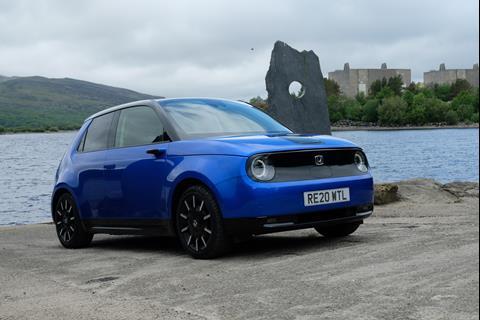
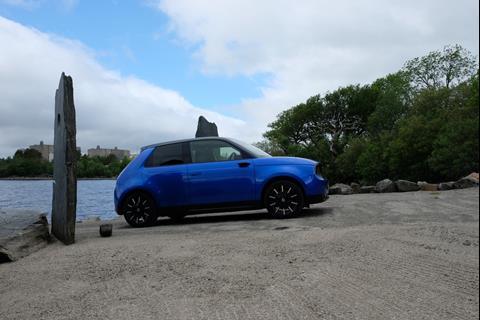
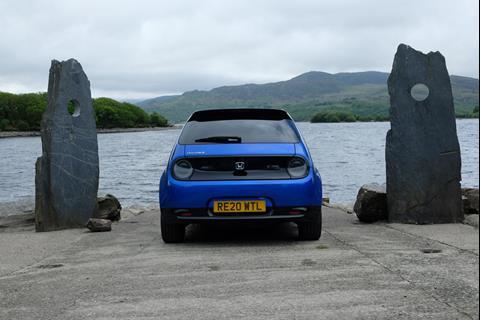
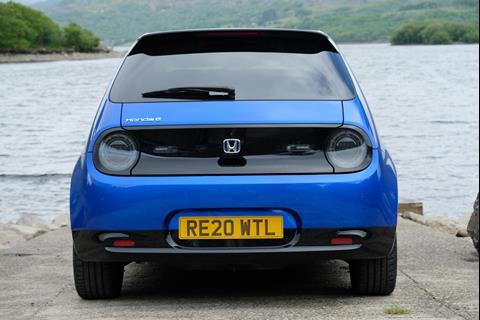
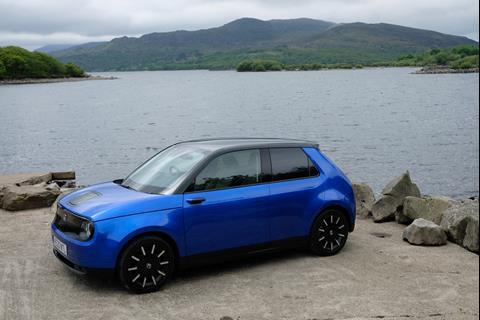
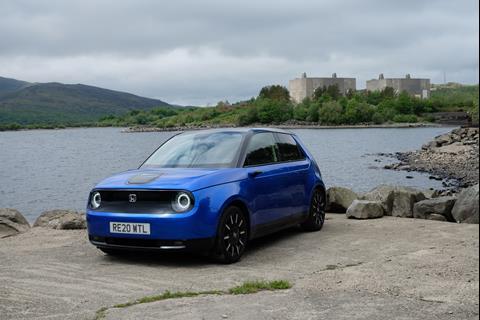
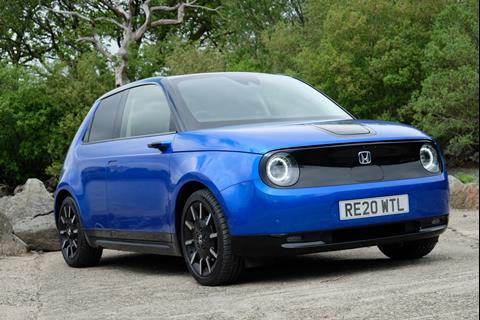
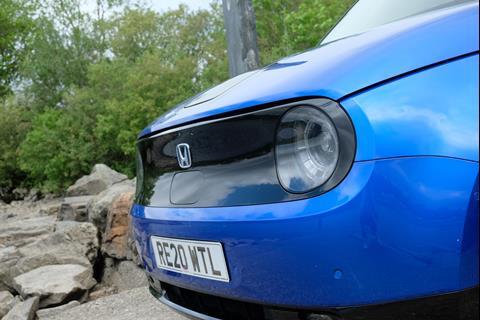


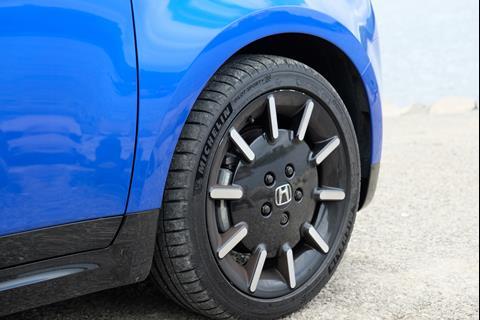


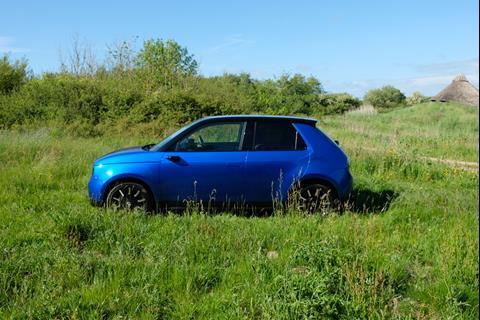

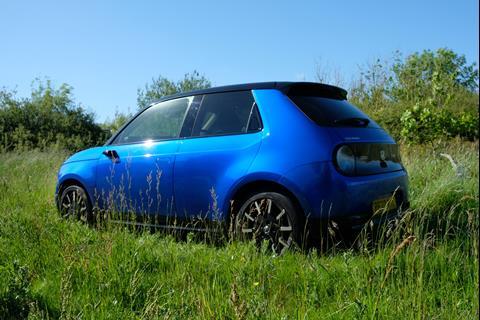
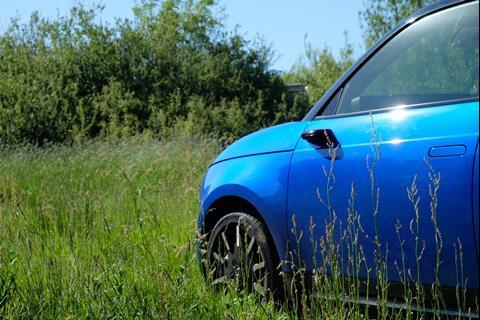

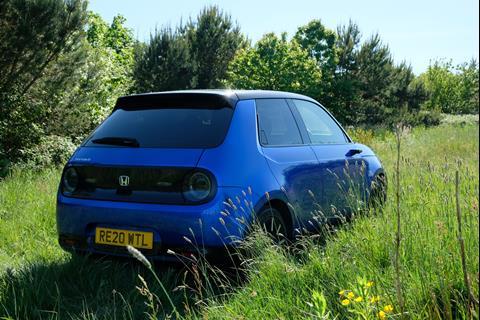
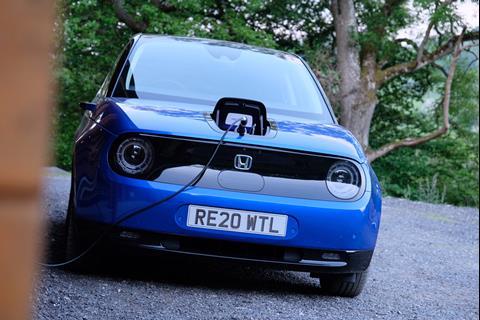
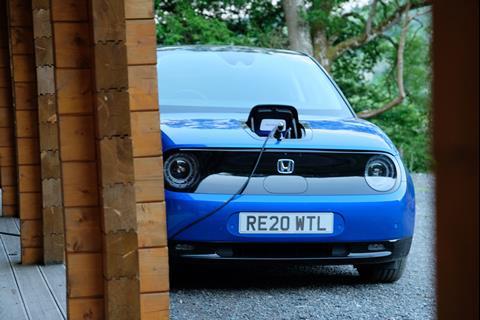
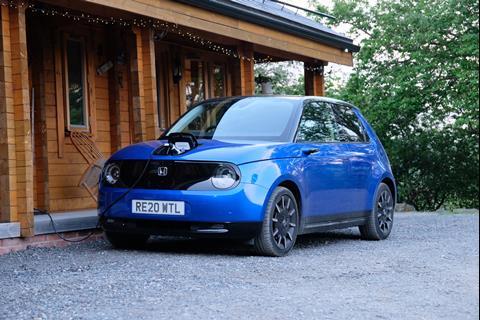
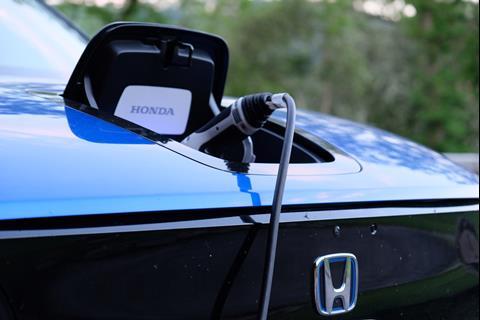
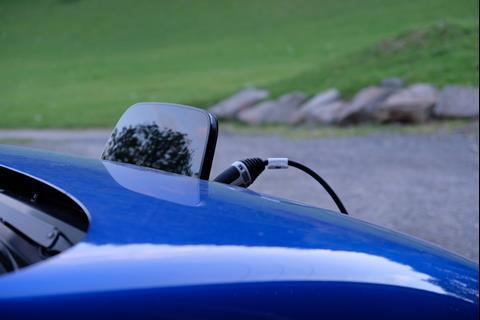
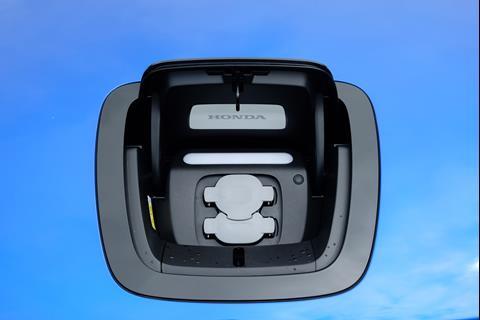
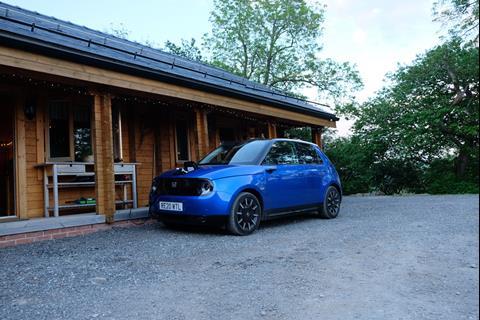
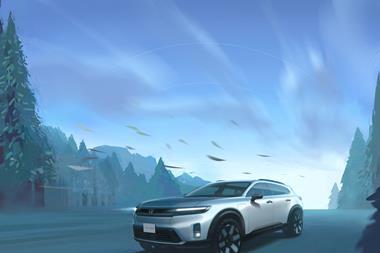
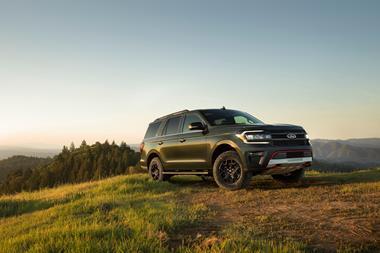
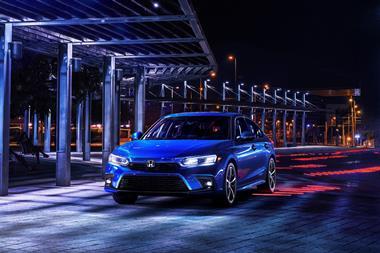
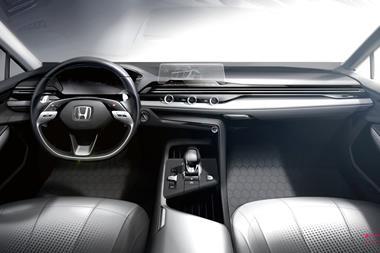
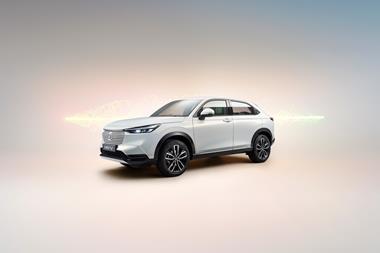
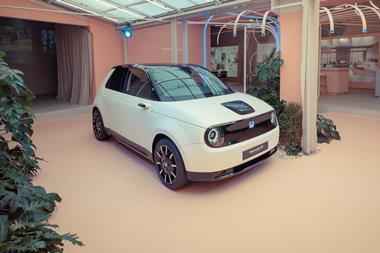



No comments yet